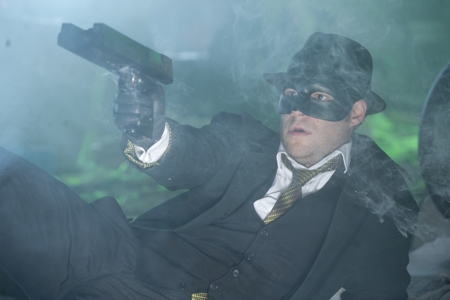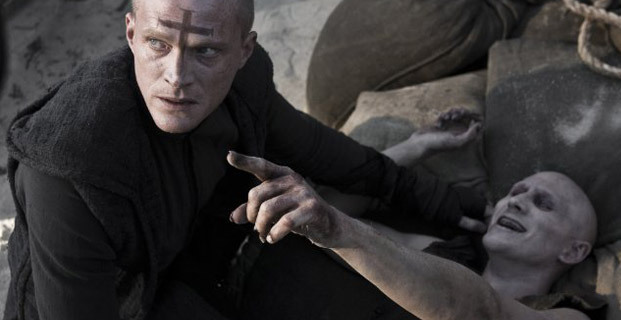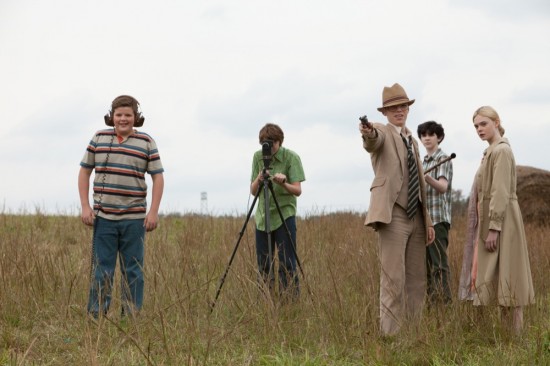
Ambitious kids in a small town desperately try to complete their zombie film unaware of the horrors the military tries to contain. Unfortunately the zombie film had more originality than Abrams' underwhelming Romeo and Juliet story.
Kids who fled an explosion while filming at a train station were unaware of precious military cargo that could threaten their quiet little town. If these tropes sound familiar, they are definitely reminiscent of Spielberg films, Close Encounters of the Third Kind and ET. Both films captivated childlike wonder mixed with fear of the unknown in a story that resolved itself neatly. Super 8 definitely accomplished the naïve friendship of troubled children who would do anything for each other including risking their lives. However the forbidden romance angle between the characters played by Elle Fanning and newcomer Joel Courtney and the overall theme of forgiveness supplanted the alien that was a major part of its viral marketing.
It’s been said, imitation is the best form of flattery but what does one call when a director tells a story in the tradition of the executive producer? Jean-Luc Godard once criticized Super 8 executive producer Steven Spielberg for the lack of artistic merit in mainstream cinema. Whether or not it’s fair to hold Spielberg accountable for an entire generation of directors who are slaves to their nostalgic influences is subject to debate. What Super 8 delivered was a very sterile version of Spielberg-ian that definitely had the emotional center but nothing epic enough to distinguish itself from its predecessors.
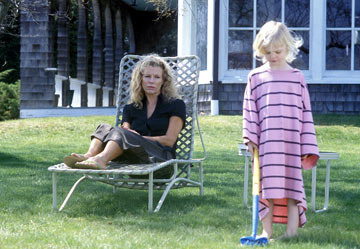
Unlike her sister, Elle Fanning always had a knack for emotionally complex characters like Ruth Cole in the Door in the Floor (2004)
Director JJ Abrams’ streak for the right casting calls remained unblemished. He has a talent for the look of a film and for the faces. Super 8 anchored by Elle Fanning (Somewhere) played opposite Joel Courtney in a Romeo and Juliet themed kid romance during the 70s. Elle, the more talented Fanning sibling, had the heavier workload. Her character had to live with the weight of her father’s shame but also was his occasional verbal abuse toy. She had to convince us that her hatred of her father would later lead into forgiveness and also legitimately fall for a boy that was indirectly the source of her misery. The childlike behavior felt authentic in the casual scenes where kids hung out and had a rambling conversation without a narrative axis to support itself. It didn’t match itself in the fear department. The kids unconvincingly fled an exploding train wreck as if it was a morning jog. It was too easy to decry as kids running in front of a green screen. Likewise, it wasn’t at all convincing that kids wouldn’t feel any fear monster hunting or dodging the military. If their fear was unconvincing, the audience didn’t feel these likable characters were in sense of jeopardy. A lesson in film making 101 illustrated by Charles played by Riley Griffith. Unfortunately, the stronger narrative was in the zombie film that he completed.
By the time boy meets girl, boy loses girl, boy makes peace with father, father makes peace with girl’s father, and boy saves girl had elapsed, the mystery involving the Space monster was a casually shoved in marketing tool that never lived up to the viral campaigning that it had promised. Super 8 was a nothing more than a forbidden kids’ romance. It didn’t have any elements of science fiction, the wonder with aliens, or any dimension to the creature. The extraterrestrial was so uninteresting that Charles’ zombie film had pushed it back to last in the hierarchy of importance.
In a film that was marketed so secretly and cleverly, Super 8 didn’t deliver on what it promised. By the time the locket left Joel’s fingers at the end, it was too late for any of the audience to leave a sterile homage of one of the most important American filmmakers of his generation.
Super 8 rated as a happy hour drink that was cost effective for what it delivered but nothing you felt compelled to return when better times return.
Cheers,
Ron
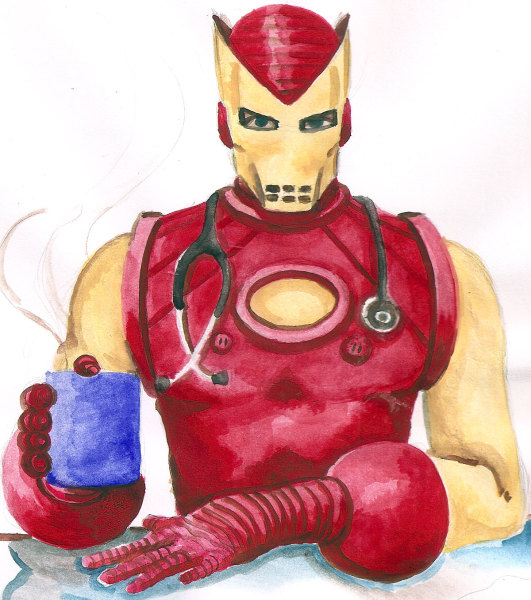
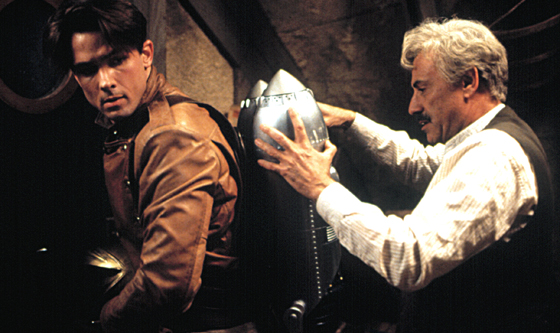
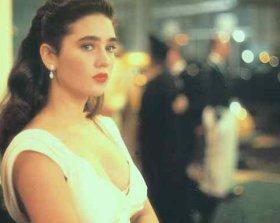
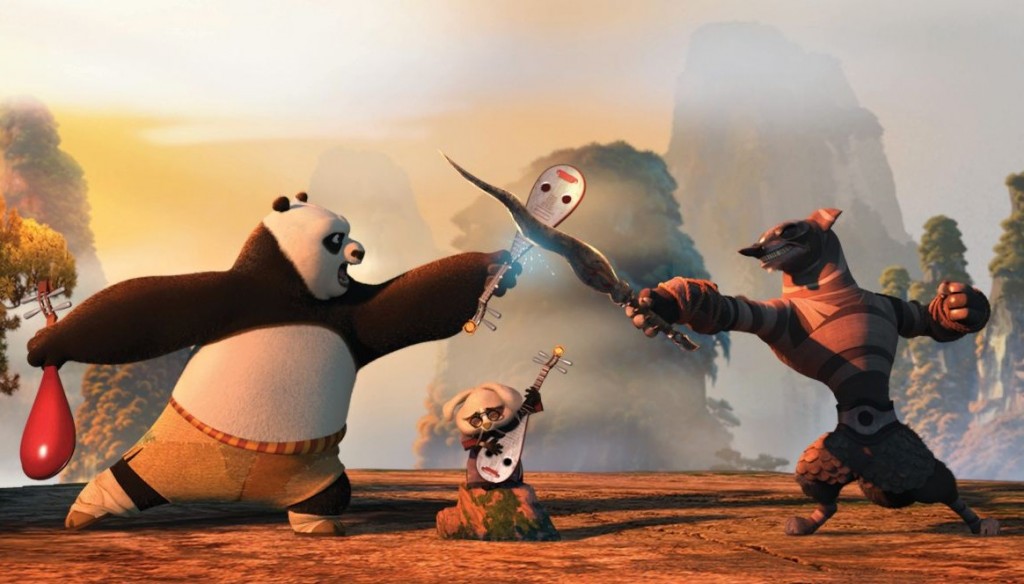
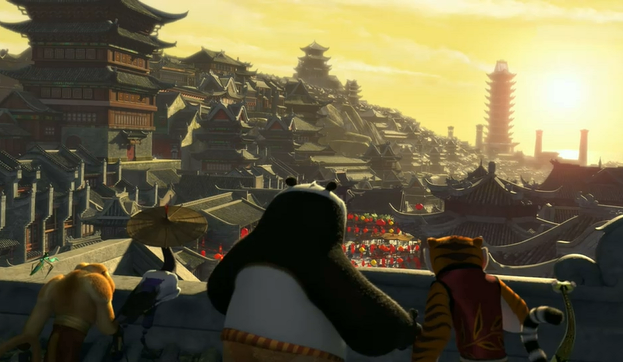
 Displaying the greatest improvement over the first film is the new story. The movie wastes no time in recapping its predecessor, nor does it follow it beat for beat. Instead, it reestablishes the setting and its characters with a new, thoughtful tale that stems from the small, weird fact that Po was raised by a goose, purposely left unexplained in the last chapter. While the illogical pairing provided a few laughs the first time around, it serves as the foundation of a serious story about Po’s past that deals with a subject matter that few kids films address in today’s society where not every child has a traditional upbringing. It’s a nice move to wrap the idea of how it’s not where you’re from but how you’re brought up, no matter by who, and shows that in an industry diagnosed with sequelitis, the effort is still made to make an engaging, heartwarming narrative.
Displaying the greatest improvement over the first film is the new story. The movie wastes no time in recapping its predecessor, nor does it follow it beat for beat. Instead, it reestablishes the setting and its characters with a new, thoughtful tale that stems from the small, weird fact that Po was raised by a goose, purposely left unexplained in the last chapter. While the illogical pairing provided a few laughs the first time around, it serves as the foundation of a serious story about Po’s past that deals with a subject matter that few kids films address in today’s society where not every child has a traditional upbringing. It’s a nice move to wrap the idea of how it’s not where you’re from but how you’re brought up, no matter by who, and shows that in an industry diagnosed with sequelitis, the effort is still made to make an engaging, heartwarming narrative.
 How to Succeed in Business Without Really Trying fires on all cylinders from the opening number and continues to astound all the way through to the grand finale. While it is fifty years since its inception and is filled with traits of that period, from the wardrobe to the character archetypes, it feels relevant now. Amplifying the idea of “it’s who you know, not what you know,” it satirizes what is considered today a difficult field in which to get ahead and makes it the easiest thing in the world to ascend in as it follows J. Pierrepont Finch (Daniel Radcliffe) and his climb up the corporate ladder, using his charm, wit, and a handy self-help book from which the play derives its name. Employing the book’s ingredients for success, Finch rises up in the ranks by gaining popularity with his co-workers and superiors, including company president J. B. Biggley (John Larroquette), while also attracting the attention of a lovely secretary and the boss’s conniving nephew.
How to Succeed in Business Without Really Trying fires on all cylinders from the opening number and continues to astound all the way through to the grand finale. While it is fifty years since its inception and is filled with traits of that period, from the wardrobe to the character archetypes, it feels relevant now. Amplifying the idea of “it’s who you know, not what you know,” it satirizes what is considered today a difficult field in which to get ahead and makes it the easiest thing in the world to ascend in as it follows J. Pierrepont Finch (Daniel Radcliffe) and his climb up the corporate ladder, using his charm, wit, and a handy self-help book from which the play derives its name. Employing the book’s ingredients for success, Finch rises up in the ranks by gaining popularity with his co-workers and superiors, including company president J. B. Biggley (John Larroquette), while also attracting the attention of a lovely secretary and the boss’s conniving nephew. Though as talented as the entire cast is, it’s director Rob Ashord who amazes the most with his ability to weave every bit of detail into a tightly-knit production. How to Succeed works like one big clock as props maneuver in and out of the stage amidst complex routines from a vast crew of performers. Ashord’s choreography fits each number’s subject in their own unique way and never feels as if the actors are only repeating the same thing over and over. He incorporates simple, mundane activities, like organizing mail or getting coffee, into interpretive, yet wacky dance moves that feel like you’re watching a circus act. One such number is Radcliffe and Larroquette’s duet about college football with their dancing taking the form of practice drill and game-winning plays. Framing all of this is the work of the set and costume designers. They managed to create a 1950s atmosphere with lavish outfits for everyone and scenery with multiple pieces sliding into the spotlight, from a desk to a three-story tall office interior, that keep a dynamic flow from one scene to the next.
Though as talented as the entire cast is, it’s director Rob Ashord who amazes the most with his ability to weave every bit of detail into a tightly-knit production. How to Succeed works like one big clock as props maneuver in and out of the stage amidst complex routines from a vast crew of performers. Ashord’s choreography fits each number’s subject in their own unique way and never feels as if the actors are only repeating the same thing over and over. He incorporates simple, mundane activities, like organizing mail or getting coffee, into interpretive, yet wacky dance moves that feel like you’re watching a circus act. One such number is Radcliffe and Larroquette’s duet about college football with their dancing taking the form of practice drill and game-winning plays. Framing all of this is the work of the set and costume designers. They managed to create a 1950s atmosphere with lavish outfits for everyone and scenery with multiple pieces sliding into the spotlight, from a desk to a three-story tall office interior, that keep a dynamic flow from one scene to the next.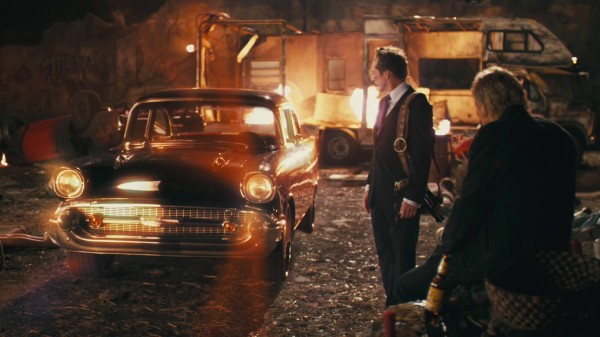
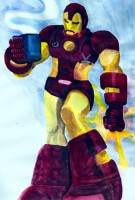
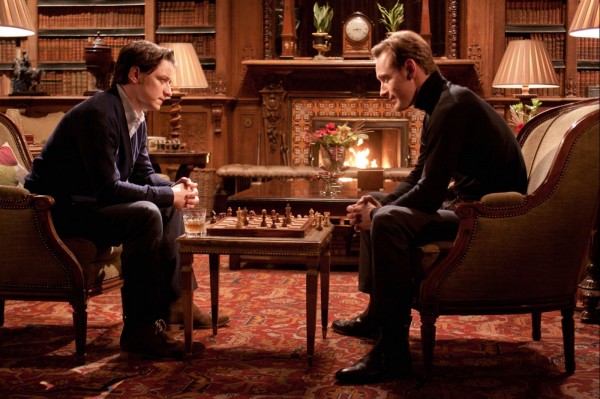
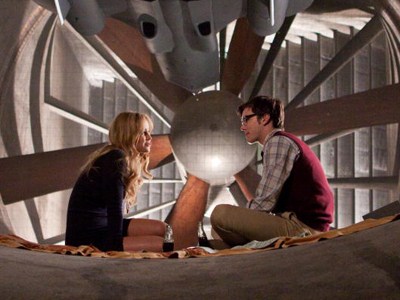

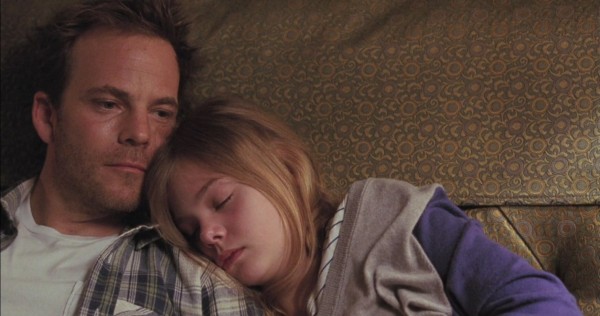
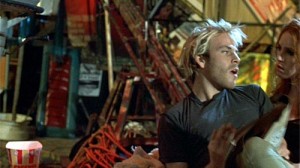

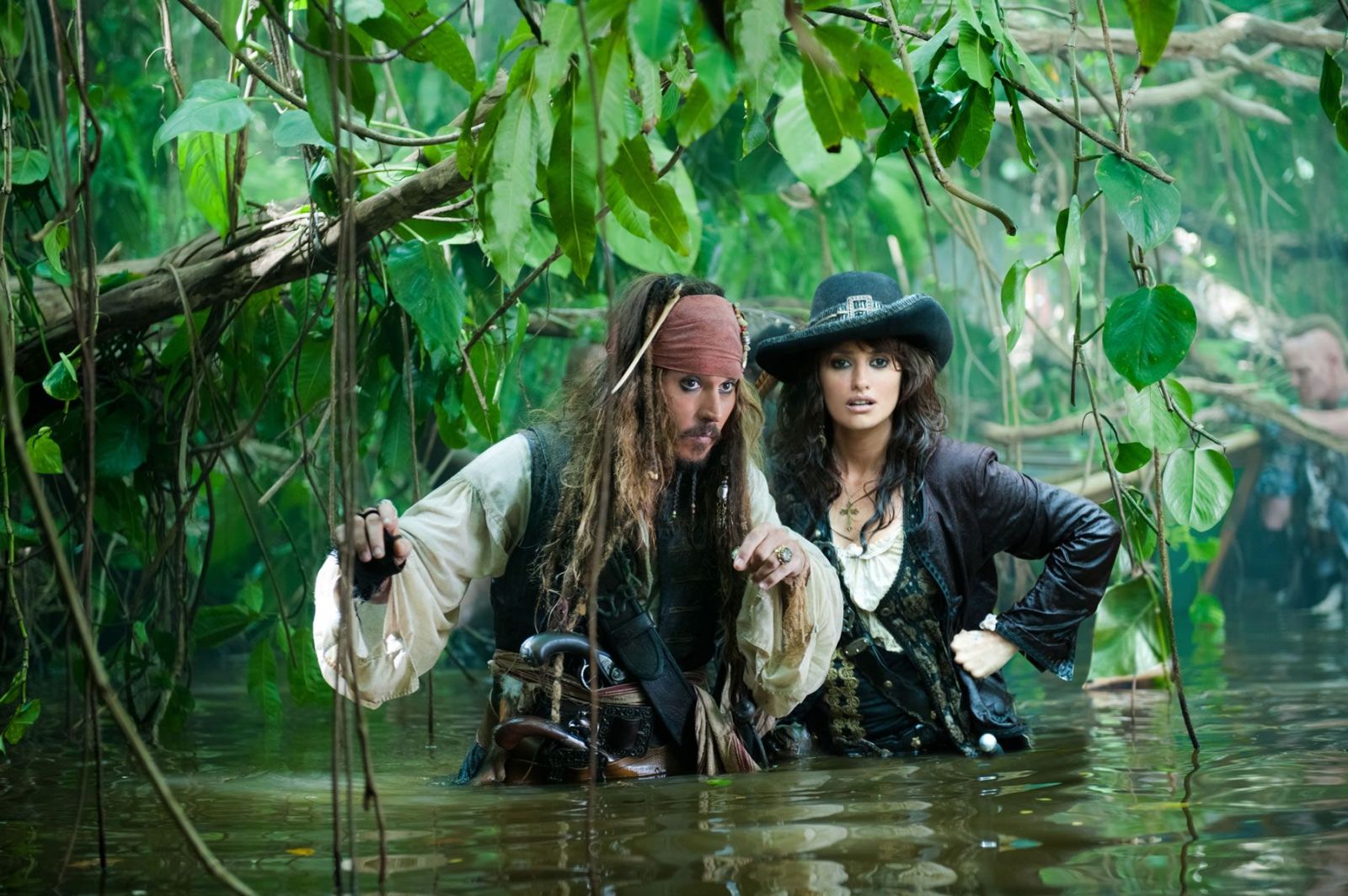
 Disney sought to scale back on the fourth entry, slashing the budget while trying to get back to the core of what made, at least the first film, a fun, daring adventure. An understandable approach if they didn’t want to foot the money to top the climatic whirlpool of At World’s End, but the attempt to return the series to its so-called roots leaves the movie seeming like its missing more than an abundance of CGI shots. From the streets of London to the jungles of the Caribbean, the story follows Jack resuming his search for the Fountain of Youth. Competing with him are his old enemy, Barbossa (Geoffrey Rush), under the banner of the British crown; his new nemesis, Blackbeard (Ian McShane), hoping to prolong his wicked life; and the Spanish, who serve little to the tale. In the midst of all of these paths, On Stranger Tides musters a couple of entertaining scenarios, most notably an attack by ravenous mermaids that utilizes more tension than action to provide the thrills. Unfortunately, scenes like that display the extent of the film’s creativity while the rest feels uninspired as if while looking at the script, Disney execs kept asking themselves “what can we do that’s cheaper?”
Disney sought to scale back on the fourth entry, slashing the budget while trying to get back to the core of what made, at least the first film, a fun, daring adventure. An understandable approach if they didn’t want to foot the money to top the climatic whirlpool of At World’s End, but the attempt to return the series to its so-called roots leaves the movie seeming like its missing more than an abundance of CGI shots. From the streets of London to the jungles of the Caribbean, the story follows Jack resuming his search for the Fountain of Youth. Competing with him are his old enemy, Barbossa (Geoffrey Rush), under the banner of the British crown; his new nemesis, Blackbeard (Ian McShane), hoping to prolong his wicked life; and the Spanish, who serve little to the tale. In the midst of all of these paths, On Stranger Tides musters a couple of entertaining scenarios, most notably an attack by ravenous mermaids that utilizes more tension than action to provide the thrills. Unfortunately, scenes like that display the extent of the film’s creativity while the rest feels uninspired as if while looking at the script, Disney execs kept asking themselves “what can we do that’s cheaper?” little interest as Phillip woodenly delivers scripture-like words of adoration to Syrena that only have the power of freezing the film’s pace. Even less buyable is Phillip shouting at Blackbeard about his irredeemable ways, and while Blackbeard has the presence of a formidable villain thanks to McShane’s performance, the script undermines his vile reputation as it leaves the audience wondering why he doesn’t just kill the missionary whenever he opens his mouth.
little interest as Phillip woodenly delivers scripture-like words of adoration to Syrena that only have the power of freezing the film’s pace. Even less buyable is Phillip shouting at Blackbeard about his irredeemable ways, and while Blackbeard has the presence of a formidable villain thanks to McShane’s performance, the script undermines his vile reputation as it leaves the audience wondering why he doesn’t just kill the missionary whenever he opens his mouth. 